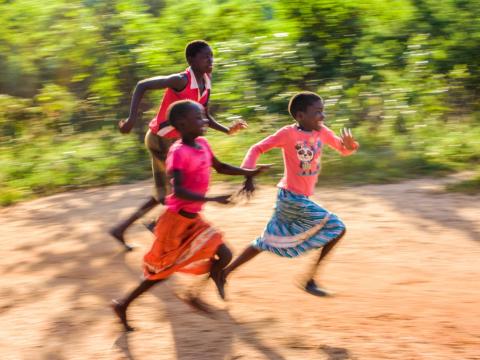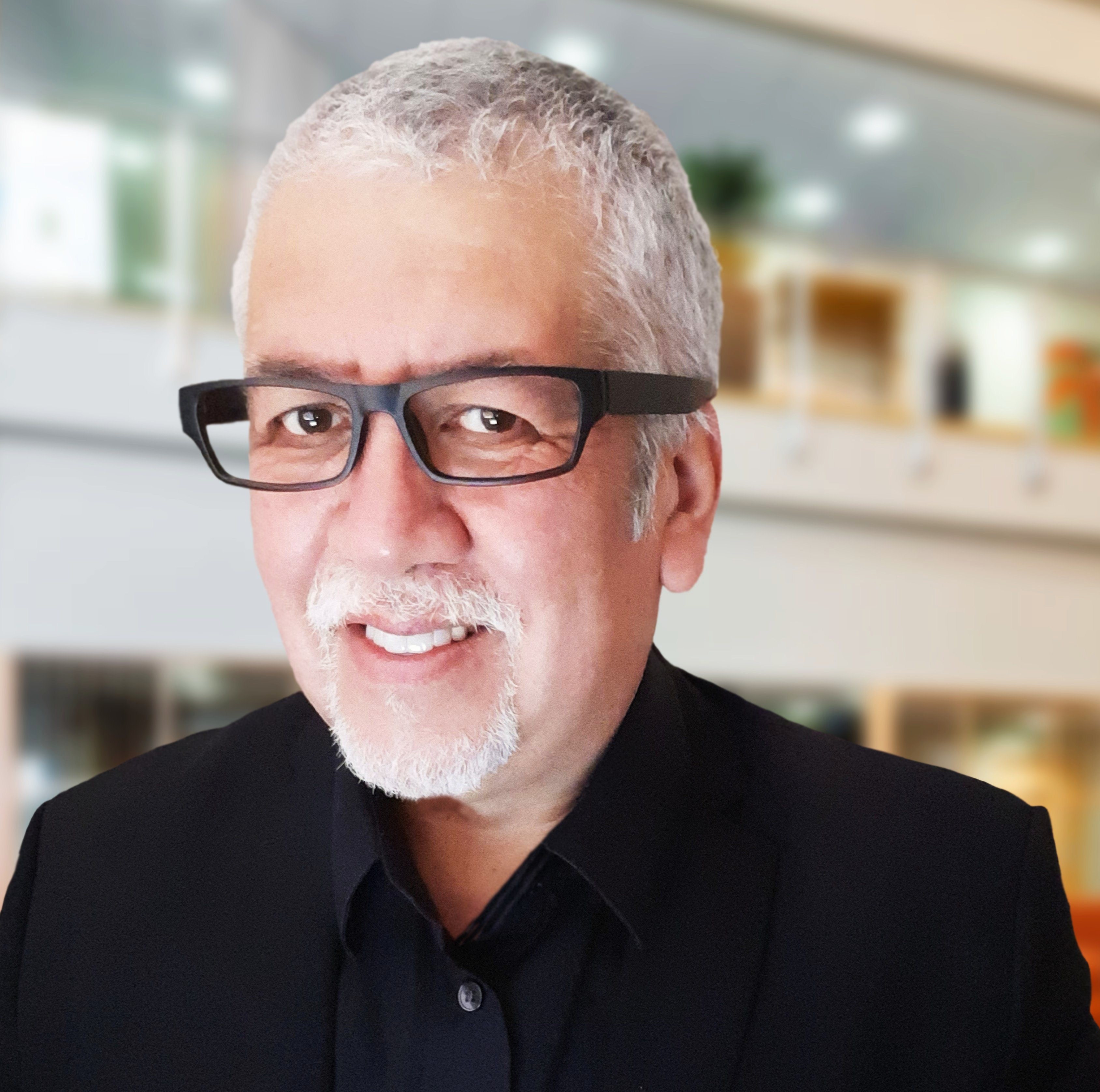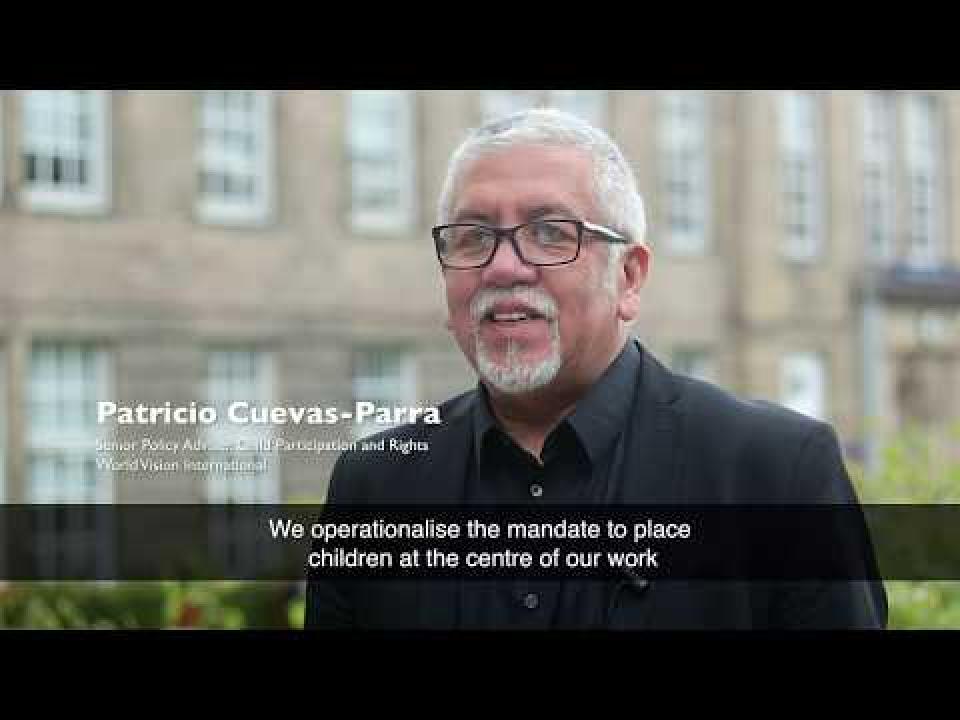
World Social Justice Day: A reminder of equality, justice and rights for children and young people
The international community observes World Social Justice Day every year to call for redress of injustices and inequalities from a social perspective. Whilst we understand social justice as the way in which the benefits and burdens of people’s lives are shared fairly between members of society, everyday reality has shown us that this concept tends to be the exception rather than the rule. The distribution of wealth, privileges, freedoms and opportunities within our society is uneven. This is why we still need to have a world day to remind us about the importance of a relation of balance between people and the society in which they live and the need to keep fighting against discrimination in all forms.
The processes for distributing opportunities, freedoms and resources within our society have time and time again been proven to be unequal and unfair. For instance, patriarchy has contributed to gender inequality and the oppression of women, whilst structural practices have created barriers that exclude children and young people from decision-making.
In order to address these issues, policy and practice must place people at the centre of justice and seek to amends any unfairness from a human perspective. This will help to ensure that benefits and burdens are shared fairly between individuals across societies. Nonetheless, social justice does not mean that everyone should have equal access to certain resources. Instead, it refers to the need to treat people differently, according to their needs and social environments.
Inequality covers many key areas, from rights and opportunities to living conditions. Here, I want to focus on inequalities relating to the distribution of opportunities for children and young people’s civic participation. The UN Convention on the Rights of the Child recognises children and young people’s right to participate. However, despite this, power is typically organised and distributed from an adult perspective. This often exacerbates inequalities by putting children and young people on the lower rungs of the social ladder. Furthermore, structural discriminatory practices are not only based on age difference, but also on intertwined social identities, such as gender, social class and ethnicity, amongst others. These perpetuate inequalities and further restrict opportunities for children and young people to participate in social life.
The World Social Justice Day is a reminder to address the structural, cultural and individual barriers that prevent children and young people from participating and having opportunities to make their voices heard. Children and young people’s participation is a multifaceted and dynamic process, where rights, justice and inequality intersect and shape their opportunities. However, the chance to engage in social life are still limited, especially for those who are from vulnerable and deprived communities or marginalised groups. This inequality in participation reflects how our society is structured and is determined by the way in which power is negotiated by individuals. Those with the least chance of being heard are typically children and young people, despite being around a third of the world’s population.
I believe that the relationships between members of society are complex and interlinked. It is true that adults are also often excluded from decision-making. However, the situation is disproportionately unequal and unfair for children and young people, with their reduced opportunities for participation based on their age and social status. In the last three decades, efforts have been made in order to narrow this inequality as much as possible. Today, more children and young people are challenging the multiple inequalities that encompass the right to participation and they are engaging in initiatives that contribute to making life fairer for everyone. They do not want to be perceived as powerless and subject to power abuses; instead, they want to be seen as agents of change and competent social actors with the ability to shape and reshape their own lives. Whilst several structural factors might hinder their choices, they are nonetheless able to interact and negotiate their spaces of participation.
Some of the most illuminating cases I have encountered come from the children and young people that I met in Ghana, Brazil and Bangladesh. In Ghana, members of the Child Parliament, aged between 10 to 17 years, carried out a “girls’ soccer clinics” project which aimed to raise awareness on the negative impact of child marriage and the importance of keeping girls at school. The children and young people participating in this project were aware that they are better educated and informed on this topic than their parents, so used their knowledge to mobilise their communities on the importance of preventing girls from being married off in childhood. In Brazil, children and young people from the MJPOP project organised themselves and conducted a research project on discrimination-based violence, using their findings to make a change in their community. Finally, in Bangladesh, children and young people joined the Child Forum to have space and opportunities to engage in advocacy initiatives. As part of their activities, the Child Forum members reported stopping around 600 child marriages over a two year period as a result of their collective mobilisation.
These three cases show that when rights, justice and equality intersect, children and young people have better opportunities to engage in social life. Furthermore, by using a social justice lens, the issues of power versus powerlessness, marginalisation versus empowerment, and rights versus disenfranchisement come to light. This contributes to the recognition of silenced and invisible voices and empowers children and young people to express their views and be considered as part of the solution to their struggles. That said, children and young people nevertheless need support to navigate and address the structural, cultural and individual barriers that they face in their daily lives.
Learn more about our Child Protection work, including child participation and child rights and equity, here.
Patricio Cuevas-Parra is World Vision's Director, Child Participation and Rights. Connect with him on Twitter at @PatricioCuevasP.

